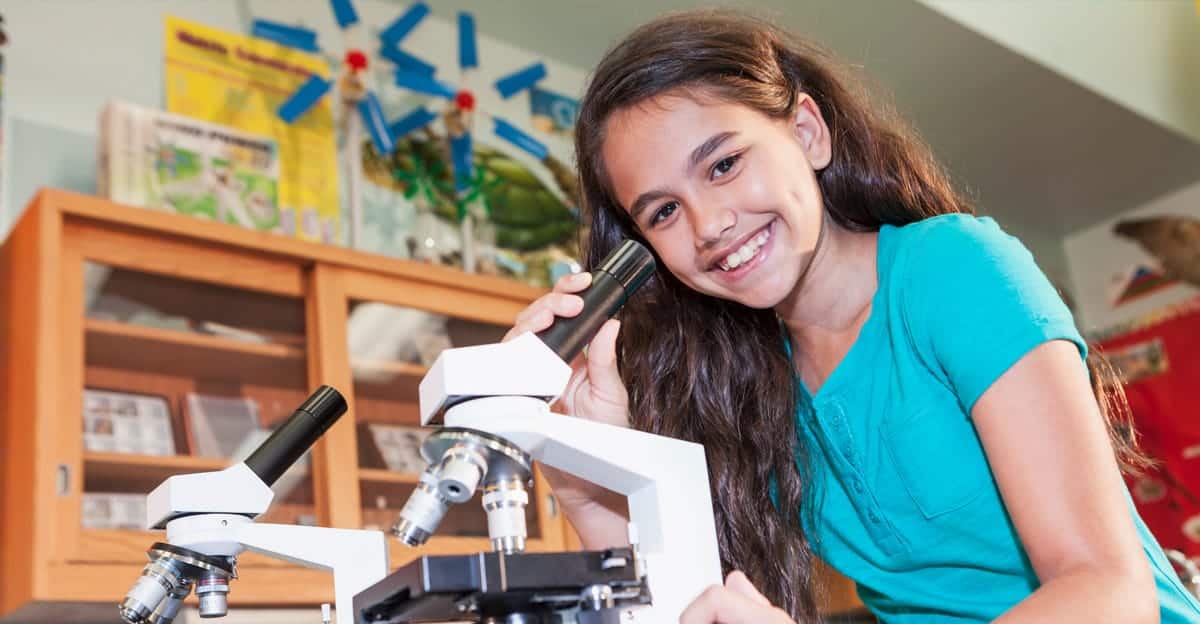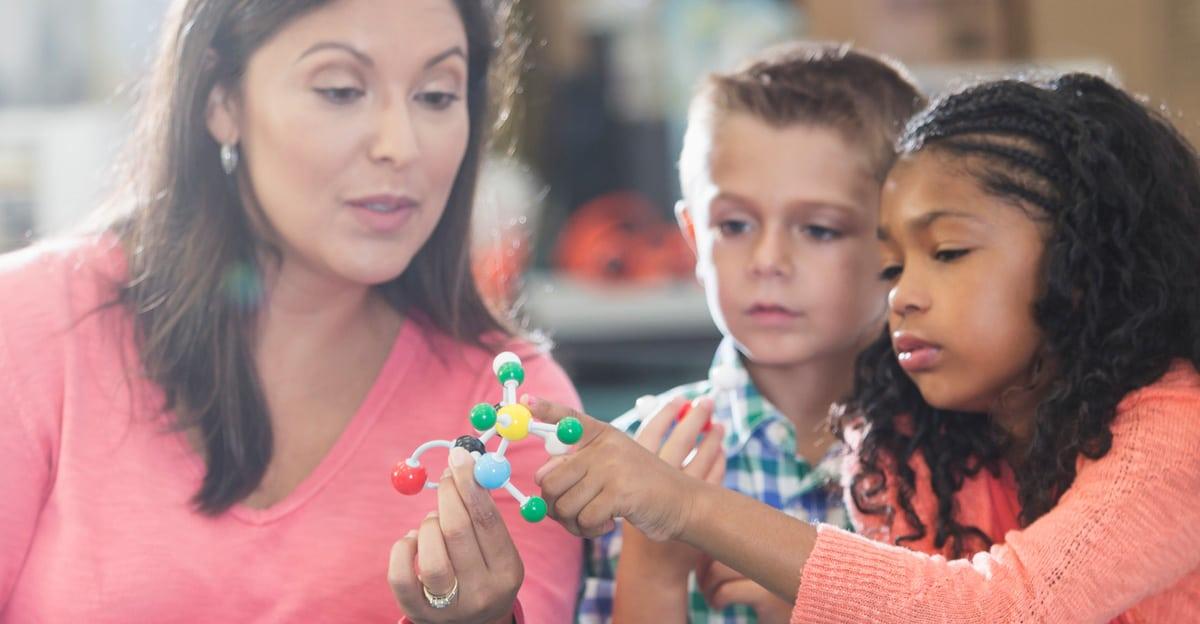For students to succeed academically, they need to be emotionally invested in their classes and stimulated by the material. In other words, they have to be fully engaged in their learning.
Yet, too few students have this experience in U.S. classrooms today. A 2016 Gallup poll found that only half of students in grades 5-12 reported feeling engaged in school, and a fifth are actively disengaged.

Decades of academic research reveals the secrets to forging stronger student engagement. While there are many factors involved, here are three critical elements.
Give students a choice in how they learn.

“Offering students choices about their learning is one of the most powerful ways teachers can boost student learning,” writes teacher and education consultant Mike Anderson in his
book Learning to Choose, Choosing to Learn.
Giving students choices helps educators overcome two common barriers to student engagement, Anderson explains: finding an appropriate level of challenge and defeating student apathy.
If a lesson is too easy, then students will become bored and will disengage. However, if a lesson is too hard, they’ll become frustrated and will disengage for a different reason. In the sweet spot where students are appropriately challenged, Anderson writes, not only can significant learning occur — but the process is enjoyable for them. When teachers let students choose elements of their own work, students tend to choose work that is appropriately challenging.
Giving students choices in their learning also helps them connect the material with their strengths and interests. Not only does this make learning more fun and interesting for students, but the sense of ownership this provides is very motivating. Autonomy is yet another driver of human motivation, according to author Dan Pink, who writes in his best-selling book Drive: “Control leads to compliance; autonomy leads to engagement.”
Make sure their learning has relevance.
For students to be fully engaged in their learning, it must be relevant to their lives. They need to understand how the knowledge and skills they’re acquiring will help them succeed in the future. Educators must answer the age-old question: “Why do we need to learn this?”
A 2006 study funded by the Bill & Melinda Gates Foundation, called “The Silent Epidemic,” surveyed young people across the United States to find out why they dropped out of high school. The No. 1 reason, cited by 47 percent of respondents, was that classes just weren’t interesting to them: These young people couldn’t see a connection between what they were learning and their own lives. “They make you take classes in school that you’re never going to use in life,” one respondent said.
Researchers asked the subjects about the specific actions that schools could take to improve the chances that a student would stay in school. Their most common answer was making what is learned more relevant to students’ lives.
“If they related to me more and understood … what I was going through, where I lived, where I came from, who knows? That book might have been in my book bag,” one young woman said. “I might have bought a book bag and done some work.”
The relevance of a learning assignment connects to what Dan Pink says is another driver of human motivation, which is purpose. Pink argues that people intrinsically want to do things that matter. When they see a clear and compelling purpose for what they’re doing, they’ll work harder and will fully engage in a task.
Use active learning techniques.
Active learning is an instructional approach in which students become more actively involved in their education by co-constructing new knowledge, instead of passively taking in information. Research shows it’s much more engaging than simply listening to a teacher lecture, and it’s also more effective at promoting deeper learning.

When students take a more active role in their education, they’re apt to become more engaged in their learning — and research bears this out.
For instance, a 2014 study published by the National Academy of Sciences confirms the benefits of active learning on student achievement. The study compared the performance of students in undergraduate math and science classes using traditional lecturing versus active learning. It found that average scores improved by about 6% (or half a letter grade) in active learning classes — and that students in classes using traditional lectures were one-and-a-half timesmore likely to fail.
For more information about each of these student engagement strategies — including tips for integrating them into instruction, as well as how the design of a learning space plays a critical role in supporting or suppressing them — download our free guide: “Three Secrets to Stronger Student Engagement.”
Download the Free Guide






Leave a Reply